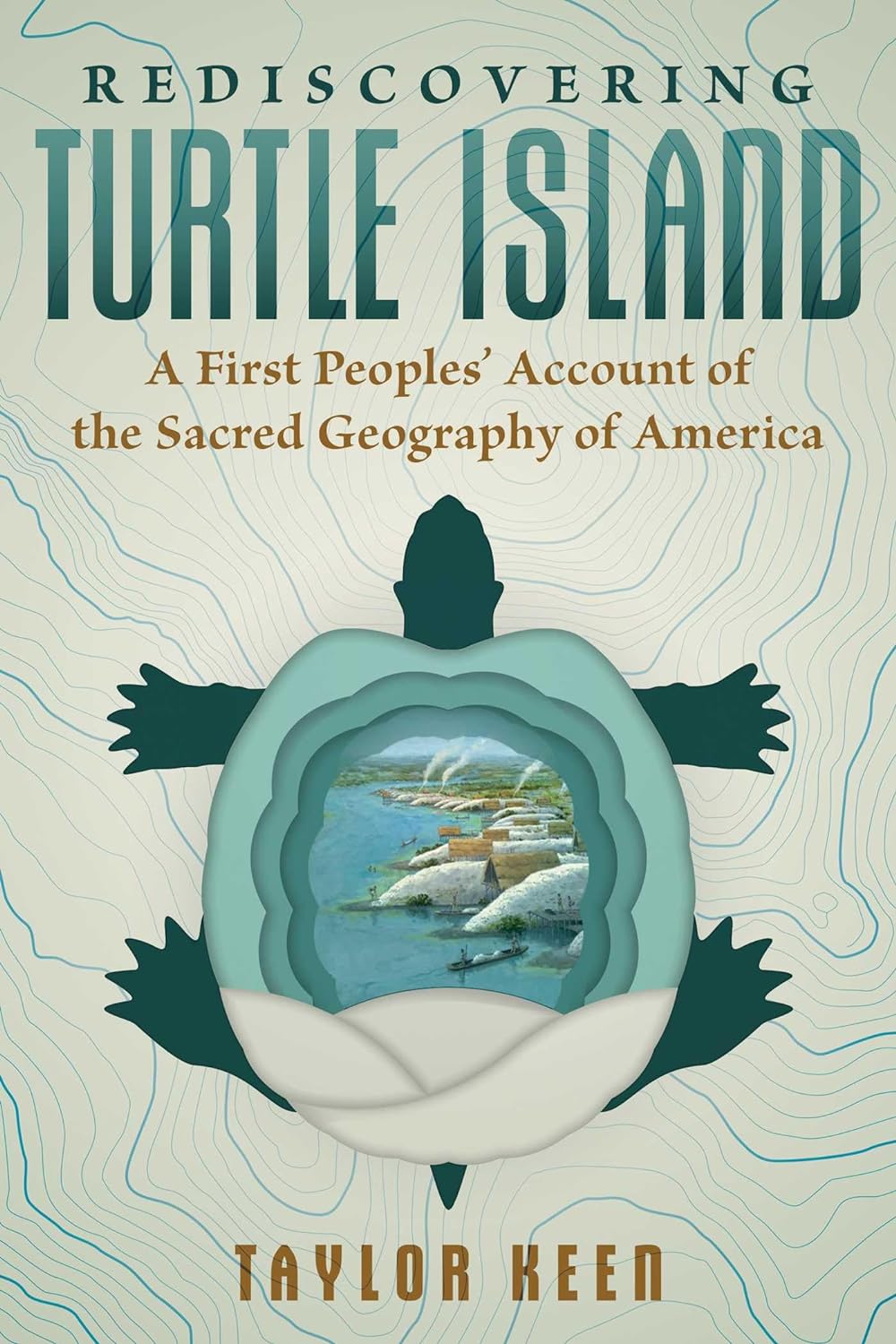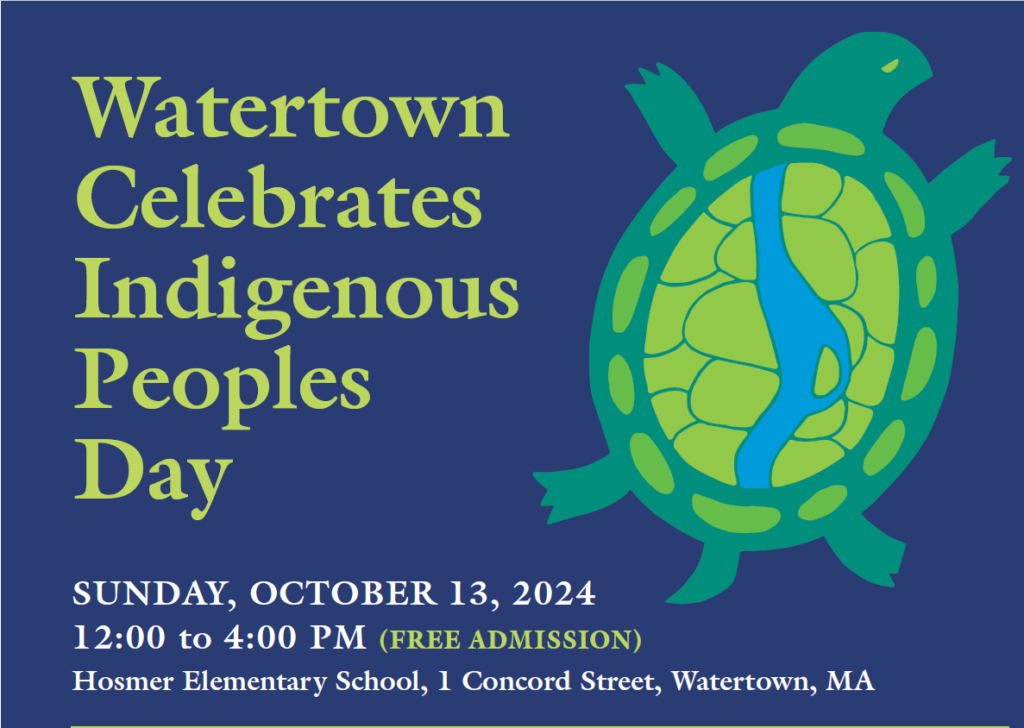
From Punishment to Healing: Reimagining Justice for Indigenous Peoples on Turtle Island
On Turtle Island, the vast ancestral lands now largely known as North America, the concept of justice has long been a double-edged sword for Indigenous peoples. While the mainstream legal systems of Canada and the United States purport to offer fairness and equity, for Indigenous communities, these systems have historically been instruments of colonization, dispossession, and trauma. Today, the urgent call for justice reform is not merely about tweaking a flawed system; it is about a fundamental reimagining of what justice means, rooted in Indigenous legal traditions, self-determination, and a commitment to healing intergenerational wounds.
The statistics paint a grim picture, starkly illustrating the systemic failures. In Canada, Indigenous adults represent just over 5% of the national population but account for over 30% of federal inmates. For Indigenous women, the disparity is even more pronounced, comprising nearly 50% of the incarcerated female population. South of the border, Native Americans and Alaska Natives make up less than 1% of the U.S. population but are incarcerated at a rate 1.5 times higher than white Americans. These aren’t just numbers; they represent shattered families, lost potential, and a perpetuation of cycles of poverty and trauma directly linked to colonial policies.
The Echoes of Colonialism: A Foundation of Injustice
The roots of this crisis are deeply embedded in the historical imposition of European legal frameworks. Prior to contact, diverse Indigenous nations across Turtle Island maintained sophisticated legal systems, often rooted in oral traditions, restorative practices, and a profound connection to land and community. These systems emphasized balance, collective responsibility, and healing over retribution.
However, with the arrival of colonizers, these vibrant legal orders were systematically dismantled. Treaties were broken, lands were stolen, and Indigenous governance structures were suppressed. The establishment of residential schools in Canada and boarding schools in the U.S. serves as a particularly egregious example. These institutions, designed to "kill the Indian in the child," forcibly removed generations of Indigenous children from their families, cultures, and languages, subjecting them to abuse and neglect. The legacy of these schools – intergenerational trauma, mental health crises, addiction, and a profound mistrust of state institutions – directly fuels the overrepresentation of Indigenous peoples in the justice system today. As the Truth and Reconciliation Commission of Canada noted, "The residential school system was an integral part of the Canadian government’s policy of assimilation, which sought to eliminate Aboriginal cultures and spiritual beliefs and replace them with those of the dominant Euro-Canadian society." This foundational violence created a pathway to the current injustices.

Contemporary Crisis: Systemic Bias and Dispossession
Today’s justice system continues to operate with inherent biases. Racial profiling, disproportionate arrests, harsher sentencing, and a lack of cultural understanding among police, lawyers, and judges contribute to the ongoing crisis. The experience of Indigenous women, girls, and Two-Spirit+ people is particularly harrowing, epitomized by the Missing and Murdered Indigenous Women, Girls, and Two-Spirit+ (MMIWG2S+) crisis. The National Inquiry into MMIWG2S+ in Canada concluded that the violence against them constitutes a genocide, pointing to systemic failures across policing, child welfare, and the justice system. The report highlighted how these institutions often fail to protect Indigenous individuals, investigate their cases adequately, or address the underlying socio-economic factors that make them vulnerable.
In the U.S., tribal sovereignty, though recognized, is often undermined by state and federal jurisdictions, leading to complex and often inequitable legal landscapes. For instance, the Oliphant v. Suquamish Indian Tribe Supreme Court decision in 1978 stripped tribal courts of criminal jurisdiction over non-Natives on tribal lands, creating significant safety gaps for Indigenous communities. This jurisdictional maze often leaves victims without adequate recourse and perpetuates a sense of impunity for crimes committed against Indigenous peoples.
Towards a New Paradigm: Indigenous Legal Traditions and Restorative Justice
The path to genuine justice reform lies not in simply tweaking the existing colonial framework but in fundamentally transforming it by centering Indigenous legal traditions and self-determination. This involves a shift from punitive, adversarial systems to restorative, healing-focused approaches.
Indigenous legal traditions, such as those found in Anishinaabe, Haudenosaunee, Cree, and many other nations, emphasize repairing harm, restoring relationships, and reintegrating individuals into the community. Practices like peacemaking circles, sentencing circles, and Elder-led healing programs are powerful alternatives to incarceration. These methods engage victims, offenders, and community members in dialogue, fostering understanding and accountability in a culturally appropriate context. For example, in many Indigenous traditions, the focus is not on determining guilt or innocence, but on understanding why an action occurred and what needs to happen to bring balance back to the community and the individual.
Canada has made some legislative strides with the "Gladue principles," stemming from the Supreme Court of Canada’s 1999 R. v. Gladue decision. These principles mandate that judges consider the unique systemic and background factors that may have contributed to an Indigenous offender’s involvement in the justice system, and to explore all available sentencing options, particularly restorative ones. While a vital step, the consistent and effective application of Gladue remains a challenge, often hindered by a lack of resources, judicial training, and a deep-seated resistance within the mainstream legal culture.
In the U.S., the Indian Child Welfare Act (ICWA) of 1978, designed to keep Native American children in Native homes and communities, represents another critical, albeit often challenged, piece of legislation aimed at addressing systemic injustice. ICWA acknowledges the severe harm caused by the historical removal of Indigenous children and prioritizes tribal jurisdiction and placement preferences. However, recent legal challenges, such as Brackeen v. Haaland, illustrate the ongoing battle to protect these hard-won protections and uphold tribal sovereignty.
Beyond the Courtroom: Holistic Approaches to Justice

True justice reform for Indigenous peoples extends far beyond the courtroom. It requires addressing the underlying social determinants of health and well-being that disproportionately affect Indigenous communities: poverty, inadequate housing, lack of access to clean water, poor education, and insufficient mental health and addiction services. These issues are not mere symptoms; they are direct consequences of historical and ongoing colonialism, and they contribute significantly to cycles of criminalization.
Investing in Indigenous-led initiatives, such as culturally specific healing lodges, land-based healing programs, and community-based justice committees, is paramount. These programs empower communities to develop solutions that resonate with their values and address their specific needs. They offer pathways for healing, skill-building, and re-connection to culture and identity – elements often stripped away by the mainstream system.
Furthermore, justice reform must acknowledge the concept of "Land Back" – the return of ancestral lands and resources to Indigenous stewardship. Land is not just property; it is fundamental to Indigenous identity, culture, spirituality, and self-governance. Restoring control over land enables communities to build economic independence, cultural resilience, and to administer their own justice systems, free from external interference.
Challenges and the Path Forward
Despite growing awareness, significant barriers remain. Underfunding of Indigenous justice initiatives, resistance from entrenched mainstream legal institutions, and ongoing systemic racism pose formidable challenges. The sheer scale of historical harm and the complexity of interjurisdictional issues demand sustained political will and genuine commitment from all levels of government and society.
The path forward requires a multi-faceted approach:
- Upholding Indigenous Sovereignty: Respecting and empowering Indigenous nations to exercise their inherent right to self-governance, including the administration of their own justice systems.
- Investment in Indigenous-Led Solutions: Providing equitable and sustained funding for community-based justice programs, healing lodges, and social services that are culturally appropriate and designed by Indigenous peoples.
- Education and Training: Implementing mandatory cultural competency training for all justice professionals – police, lawyers, judges, correctional officers – focusing on Indigenous history, legal traditions, and the impact of colonialism and intergenerational trauma.
- Addressing Root Causes: Investing significantly in social determinants of health, housing, education, and economic opportunities in Indigenous communities.
- Legislative Reform: Continuing to advocate for and strengthen legislation that supports Indigenous justice, such as enhancing Gladue principles and protecting ICWA, while also addressing jurisdictional gaps that leave Indigenous communities vulnerable.
- Truth and Reconciliation/Reparations: Acknowledging historical injustices and implementing the recommendations of inquiries like the TRC and MMIWG2S+ Inquiry, which often include specific calls for justice system reform.
Justice reform for Indigenous peoples on Turtle Island is not merely an act of benevolence; it is a moral imperative, a human rights issue, and a necessary step towards building truly just and equitable societies for all. It demands courage, humility, and a willingness to dismantle colonial structures and rebuild anew, guided by the wisdom and resilience of Indigenous nations. The goal is not just to reduce incarceration rates, but to foster healing, restore dignity, and ensure that justice, in its fullest sense, finally prevails.


